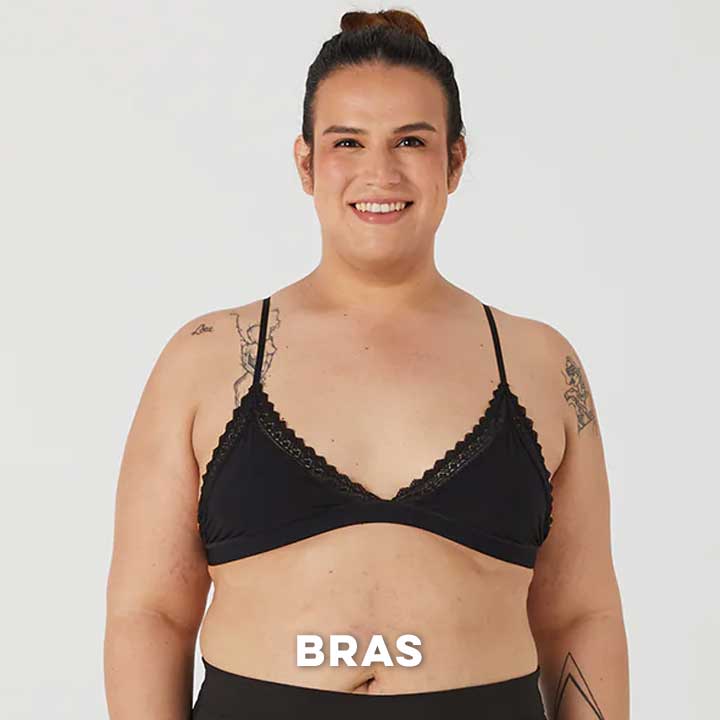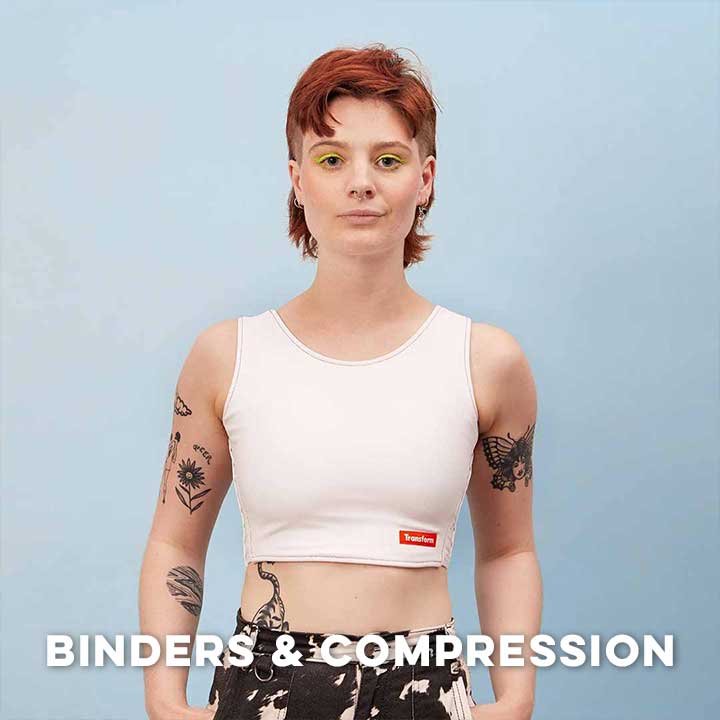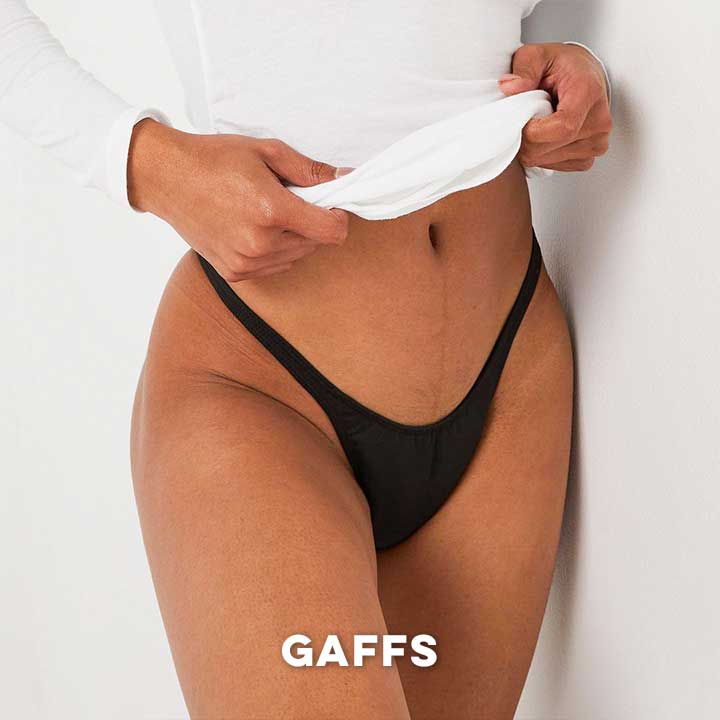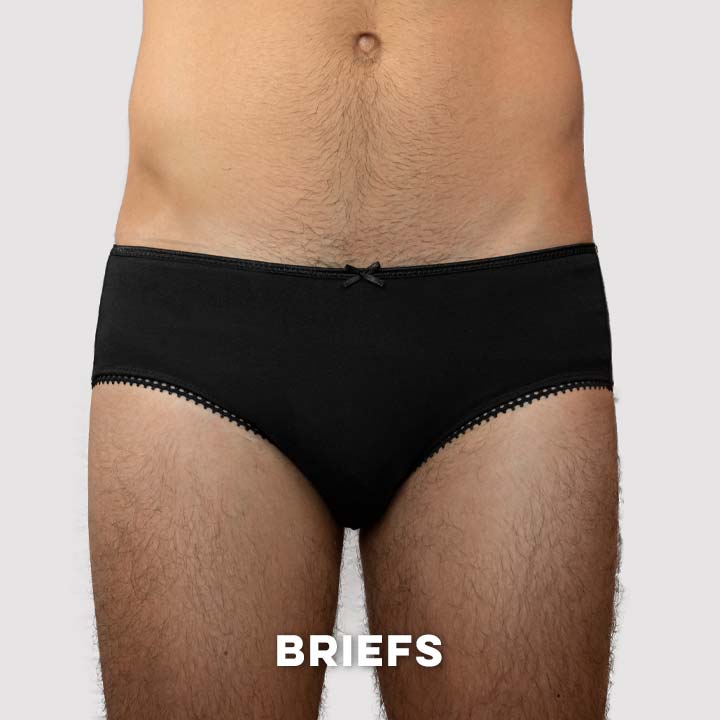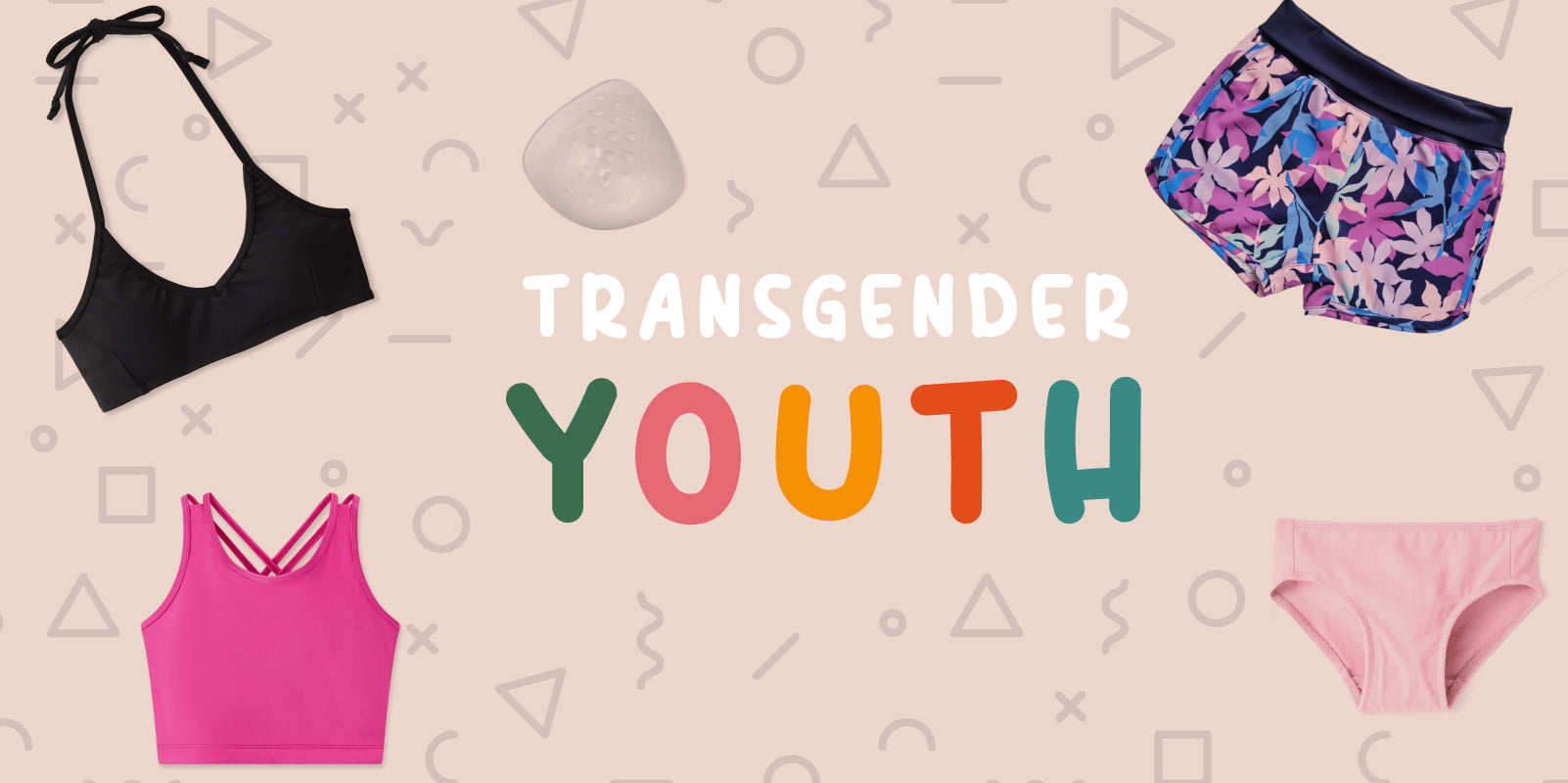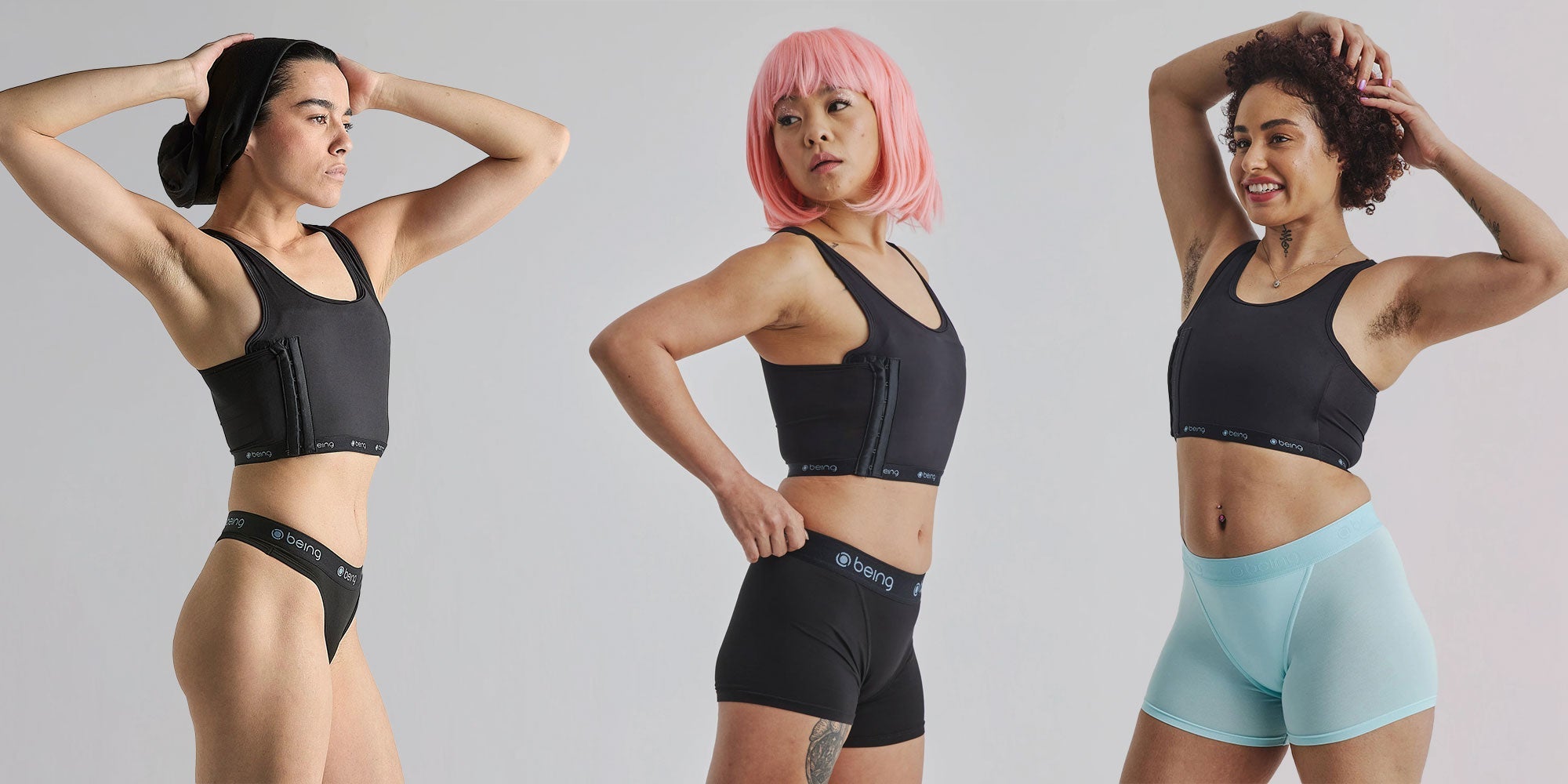Written By Wilhemina C
As the understanding and culture of trans and gender diverse folk has evolved, so has the terminology used to describe us. This is because trans and genderqueer folk are such an innately diverse grouping of peoples, incorporating not just trans men and women, but also people who are non-binary or agender; those who are genderfluid; Sistergirls and Brotherboys; and many others.
While we all can be described as some degree of trans or gender diverse, the ways in which we communicate ourselves to the world can be wildly different. Because of this diversity, it is easy to be confused by various terms used within the gender diverse community.
 Photo Credit: The Gender Spectrum Collection
Photo Credit: The Gender Spectrum Collection
The Evolution of Trans Terminology and Queer Slang
Here in Melbourne, most people can name every word in the acronym LGBTQIA+, but what’s often forgotten is that within each of these words resides entire, dynamic and evolving communities. For trans-identifying folk, that central ‘T’ speaks to volumes of history, from the origins of drag queens and drag culture to 70s and 80s androgynous representation in pop, advancements in gender-affirming hormone therapy, and decades of finding your people, oftentimes in the most unexpected of places.
Over history, trans communities across the globe developed their own vocabularies and terminologies, creating languages that signified trans-friendly spaces. Even today, using trans terms correctly is a signal for trans folk that they will be welcome and respected in spaces. This is why it’s essential for parents, friends, and allies to engage with trans terminology to support their loved ones who identify as trans.
To help understand, we have put together a brief glossary of trans terms to serve as a primer for understanding the modern trans community.
Glossary of Trans Terms
- Androgyny:
One who identifies with both the masculine and the feminine. A more romantic term that shouldn’t really be used unless the individual identifies with it themselves. - AGAB:
Assigned Gender at Birth, often written as AFAB (Assigned Female at Birth) or AMAB (Assigned Male at Birth). Whilst they’re helpful shorthands within clinical circumstances, these can also sometimes be frustrating terms for trans people as it can end up feeling like another way to reinforce the gender binary; reducing the totality of experience and identity, back to what genitalia you were born with. -
Brotherboys and Sistergirls:
Terms used by Aboriginal and Torres Strait Islander people to describe gender diverse folk who take on roles in their community that don’t necessarily align with the gender they were presumed at birth. Brotherboys are those who take on male roles and are imbued with a male spirit. Meanwhile those with a female spirit can be called Sistergirls, and they take on female roles within the community. They are very broad and inclusive terms within the First Nations’ community, meaning Sistergirl could be anything from a transfeminine woman to an effeminate gay man. While many First Nations people do identify with these terms, there are those that do not. For more information, Hayden Moon wrote a detailed write up for Junkee.
- Cisgender:
Anyone who is not transgender. It is not a slur, contrary to what the owner of the site formerly known as Twitter believes. Rather it is an adjective originating from the Latin prefix ‘Cis-’ which translates to “on the same side,” and is thus like the ‘heterosexual’ to transgender’s ‘homosexual.’ -
Crossdresser:
Typically refers to men who occasionally wear women's clothing, but do not wish to transition or don’t identify as a trans woman. Though crossdressing most commonly is used to refer male presenting people in women’s clothing, it can technically also be used to refer to a woman who dresses as a man. Generally, it is best to avoid using this word to refer to someone unless the person involved self-identifies with it.
- Deadname:
A term used by transgender individuals to describe the name they were given before coming out. Its name reflects the fact it should remain dead and buried unless they chose to unearth it themselves. - Drag:
A form of art that involves performers (either cis or trans) taking on exaggerated presentations of gender. While trans people can be drag queens or drag kings if they are taking part in this performance, it is wrong to conflate all trans people with this form of performance, as drag culture has been embraced by both LGBTQIA+ folk and allies alike. -
Female-To-Male (FTM):
Referring to somebody who was assigned female at birth but has since transitioned to identifying as male. FTM can be used in a variety of contexts (i.e. FTM fashion, FTM gender reassignment, etc.).
- Gender Dysphoria:
A term used to refer to the particular distress accompanying a felt or perceived disconnect between one's experienced or expressed gender and the gender they were assigned at birth. - Gender Euphoria:
The opposite of gender dysphoria, gender euphoria is a term used to refer to positive feelings that arise from gender-affirming experiences (i.e. when trans folk feel that their appearance/outfits align with their gender identity. - Gender Diverse:
An umbrella term for anyone who fits outside the margins of the traditional gender binary. - Genderfluid:
A person whose gender changes over time, fluidly switching between different binary and non-binary gender identities. -
Gender Affirming Underwear:
What we specialise in here at Tuck & Bind. There are many different types of gender affirming underwear.
- Gender Non-Conforming:
Anyone whose gender expression differs from the expected norms of masculinity or femininity, this can include cisgender people. Just because someone doesn’t conform to the expected gender expression, doesn’t make them trans. Conversely, there are many trans people who do conform to conventional masculine or feminine identities. - Hormone Replacement Therapy (HRT):
A gender affirming treatment used by trans and gender diverse people to help align their body with their gender identity. Involves taking new hormones and/or blocking existing hormones in the body. It is quite literally just medicine; many cisgender people undertake it in a different form for different reasons, for example, women going through menopause. -
Male-To-Female (MTF):
The counterpart of FTM, Male-To-Female refers to somebody who was assigned male at birth but has since transitioned to identifying as female.
-
Non-binary (NB):
Umbrella terms for gender diverse people whose identities sit outside or adjacent to the traditional binary of male and female. Anyone can be non-binary and there are many transgender people who will identify as some form non-binary, but it is important not to assume that just because someone exists outside norms of traditional gender that they must identify as non-binary.
- Passing:
Passing is a term used to refer to when a person is perceived as (or can pass as) a gender that they identify with. When someone is perceived publicly as they are attempting to be seen, they are effectively passing. Gender affirming underwear helps support trans people looking to pass as the gender that they identify with. - Trans:
Originally an abbreviation of transgender, but has come to be used as an umbrella term for anyone who is not cis. Originates from the Latin prefix meaning “across, beyond or over.” - Transgender:
A person whose gender is different from the sex they were assigned at birth. Used as a more inclusive umbrella, designed to replace more exclusive and derogatory terms like transexual or transvestite. While many transgender individuals undertake medical treatments such as hormones or surgery, one can be transgender without doing so. - Trans Man:
A man who was presumed female at birth. Also referred to as transmasculine, transmasc, trans boy and so on. It is important to remember that just because someone is trans, it does not mean they wish to be referred to as such and may well prefer to just be referred to as a man without a modifier. - Trans Woman:
A woman who was presumed male at birth. May also identify as trans girl, transfeminine, transfem or trans lady. As with trans men, if the woman prefers to be identified as such without the trans modifier, refer to her as such. - Transexual:
An older term originating in the medical and psychological communities, used to describe one who wishes to transition towards the opposite sex. This term may be regarded as out of date and mildly offensive today, as it can be seen as excluding those who are unable to or don’t intend to change their bodies, especially since surgery can be prohibitive. However, there are some trans folk who still identify with this term.
 Photo Credit: The Gender Spectrum Collection
Photo Credit: The Gender Spectrum Collection
The Importance of Using the Right Trans Terminology
When talking about trans and gender diverse people, you should always use language that affirms and acknowledges the lives and identities of these people. The easiest way to do that is to listen to people and use the language they use for themselves. A big part of any performance of gender is how we communicate ourselves to the world, so when we are being spoken about, we want the way we have communicated ourselves to be recognised and supported.
As always, trans people are not an amalgam. Some people will be more than okay with certain terms that others would find offensive. For example, some people like and embrace the term transbian (trans lesbian), whereas if you called me that, I would give you a dirty look. So don’t assume; if you can ask, do so. If you are talking about trans people as a larger group, use broad, inclusive language like transgender and gender diverse people to ensure you aren’t unwittingly excluding or insulting others.
Navigate Queer Spaces with Respectful Trans-Friendly Vocab
Utilising trans terms correctly is foundational to developing and maintaining trans-friendly spaces. If you have family or loved ones who identify as trans or are experiencing an evolution of their gender identity in any way, engaging with and using trans terminology will undoubtedly make your loved ones feel safe, seen, and respected.
Alongside stocking a wide range of gender affirming underwear and prosthetics for MTF, FTM and non-binary folk, our team at Tuck & Bind also strive to provide a safe and inclusive space for trans people of all ages. From our in-store fitting services to our commitment to quality, our team at Tuck & Bind strive to support Melbourne’s rich trans and gender diverse communities in their arts, advocacy, and personal journeys to gender euphoria.
Explore our range of gender affirming products online or visit us at our Moonee Ponds store. And if you have any questions about our products or services, simply get in touch with our friendly team to speak with one of our friendly staff.

